Best Practices for Maintaining Hygiene in Liquid Filling Operations
Best Practices for Maintaining Hygiene in Liquid Filling Operations: A Guide to Ensuring Safety and Quality
In today’s demanding regulatory environment, it is paramount for liquid filling operations to prioritize hygiene to safeguard product safety and prevent costly contamination incidents. Maintaining optimal hygiene standards is a multifaceted endeavor that demands a systematic approach and unwavering adherence to established best practices.
1. Establish a Comprehensive Sanitation Plan:
Create a comprehensive sanitation plan that clearly outlines cleaning and disinfection protocols, frequency, and responsibilities. The plan should encompass all equipment, surfaces, and personnel involved in the filling process.
2. Implement Rigorous Cleaning and Disinfection Regimens:
Implement rigorous cleaning and disinfection regimens using industry-approved agents and techniques. This includes regular disassembly, cleaning, and sanitizing of all filling equipment, lines, and containers.
3. Adhere to Good Manufacturing Practices (GMPs):
Adhere to established GMPs, including proper gowning and hand hygiene practices, to minimize the risk of contamination. Provide adequate training and enforce compliance among all personnel involved in the filling operation.
4. Monitor and Validate Hygiene:
Regularly monitor and validate hygiene standards through environmental sampling, product testing, and equipment inspections. Establish action thresholds and implement corrective measures when deviations occur.
5. Utilize Advanced Technologies:
Leverage advanced technologies such as ultraviolet (UV) or ozonation systems to supplement cleaning and disinfection efforts. These technologies can effectively neutralize pathogens and enhance hygiene levels.
6. Minimize Human Contact:
Automate or minimize human contact with filling equipment and products wherever possible. This reduces the risk of contamination from personnel.
7. Establish a Culture of Hygiene:
Cultivate a culture of hygiene awareness among all employees. Promote the importance of personal hygiene and encourage employees to report any concerns or deviations promptly.
By adhering to these best practices, liquid filling operations can ensure that their products meet regulatory standards, minimize the risk of contamination, and protect the health and safety of consumers. Maintaining optimal hygiene is a critical investment that safeguards product quality, brand reputation, and the well-being of those who consume the products.
-
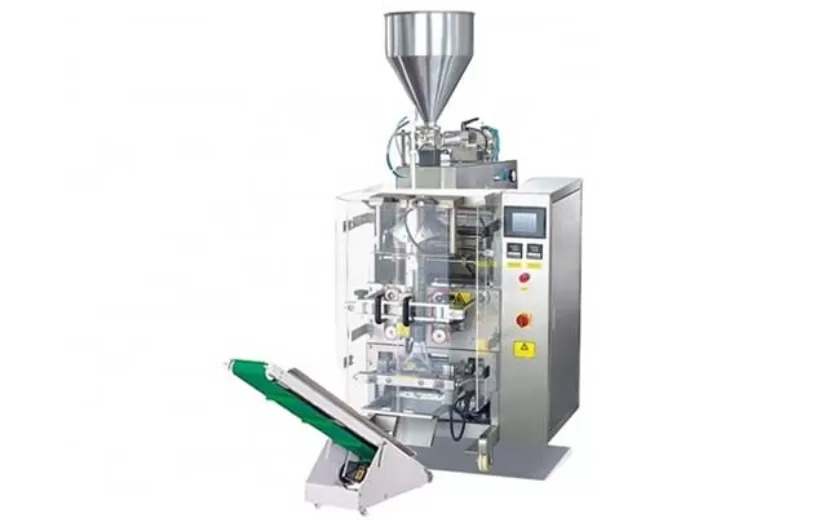
Advanced Packing Solutions: Snacks, Sugar, and Frozen Food Machines
29-10-2025 -
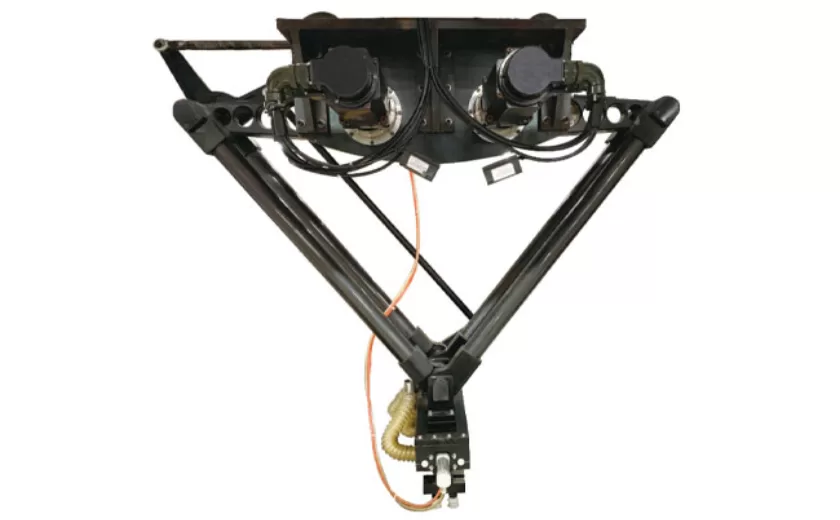
Efficient and Reliable Solutions for Salt, Nuts, and Frozen Dumplings Packing
29-10-2025 -
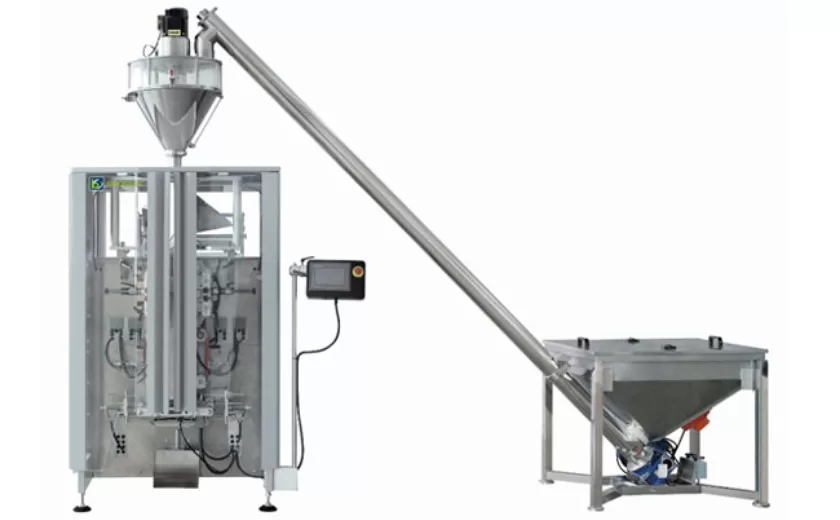
High-Performance Biscuits, Lollipop, and Ketchup Packing Machines for Modern Food Production
29-10-2025 -

Efficient Liquid Filling and Packing Machines for Modern Production
23-10-2025 -
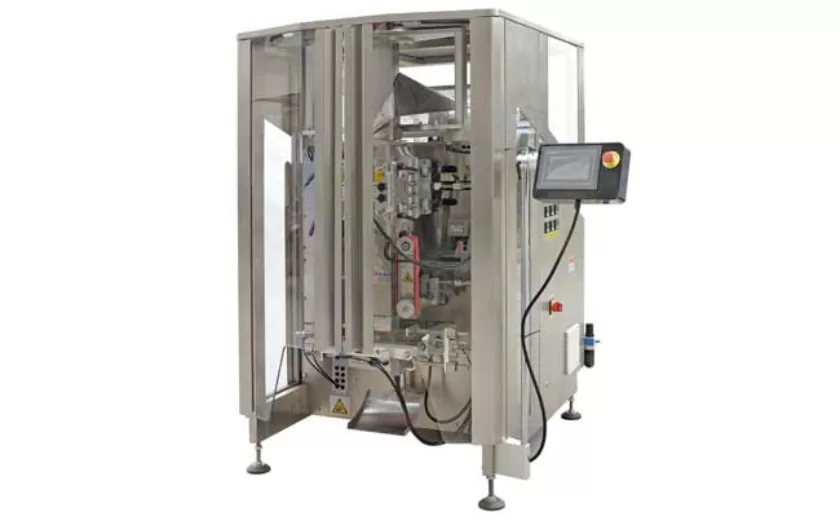
Reliable Granule Packaging Machines for Efficient Production
23-10-2025 -

Efficient Auger Powder Filling Machines for Accurate Packaging
23-10-2025 -

High-Performance Liquid Filling and Packing Machines for Hygienic Production
10-10-2025 -

High-Efficiency Granule Packaging Machines for Precision and Speed
10-10-2025 -

High-Precision Auger Type Powder Filling Machines for Efficient Packaging
10-10-2025 -
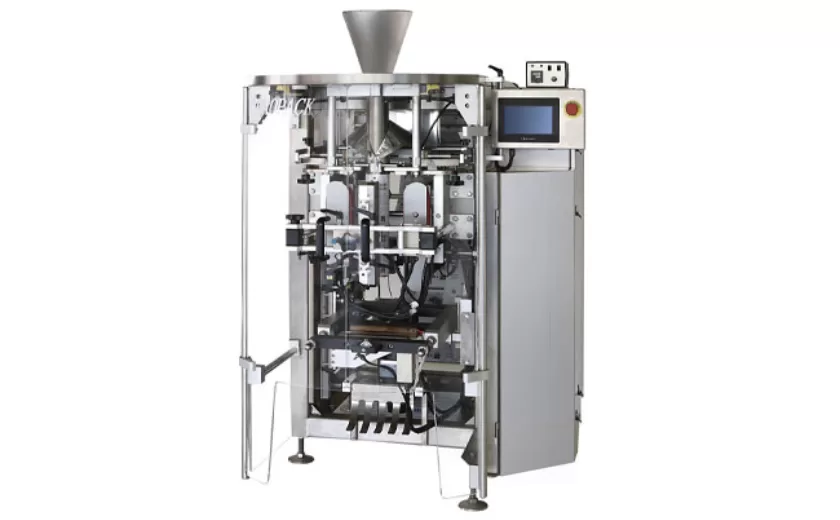
Efficient Vertical Form Fill Seal Packaging Machines for Smart Production
10-10-2025





